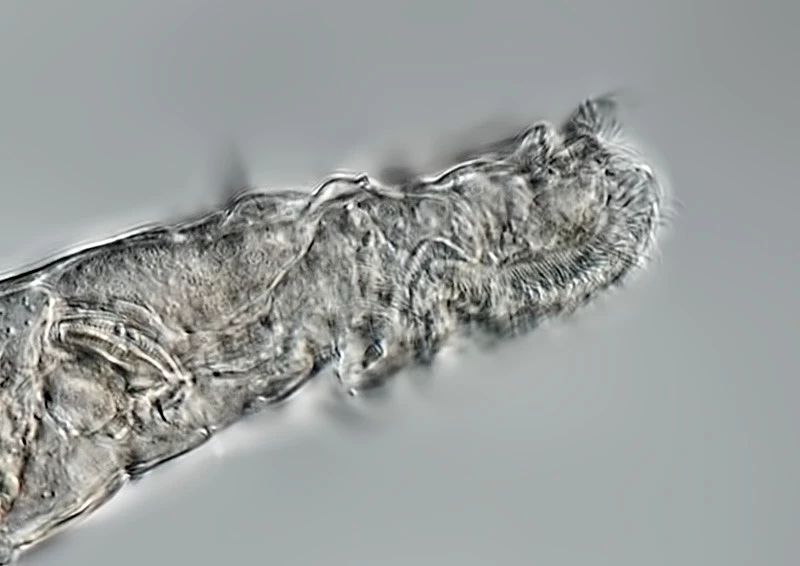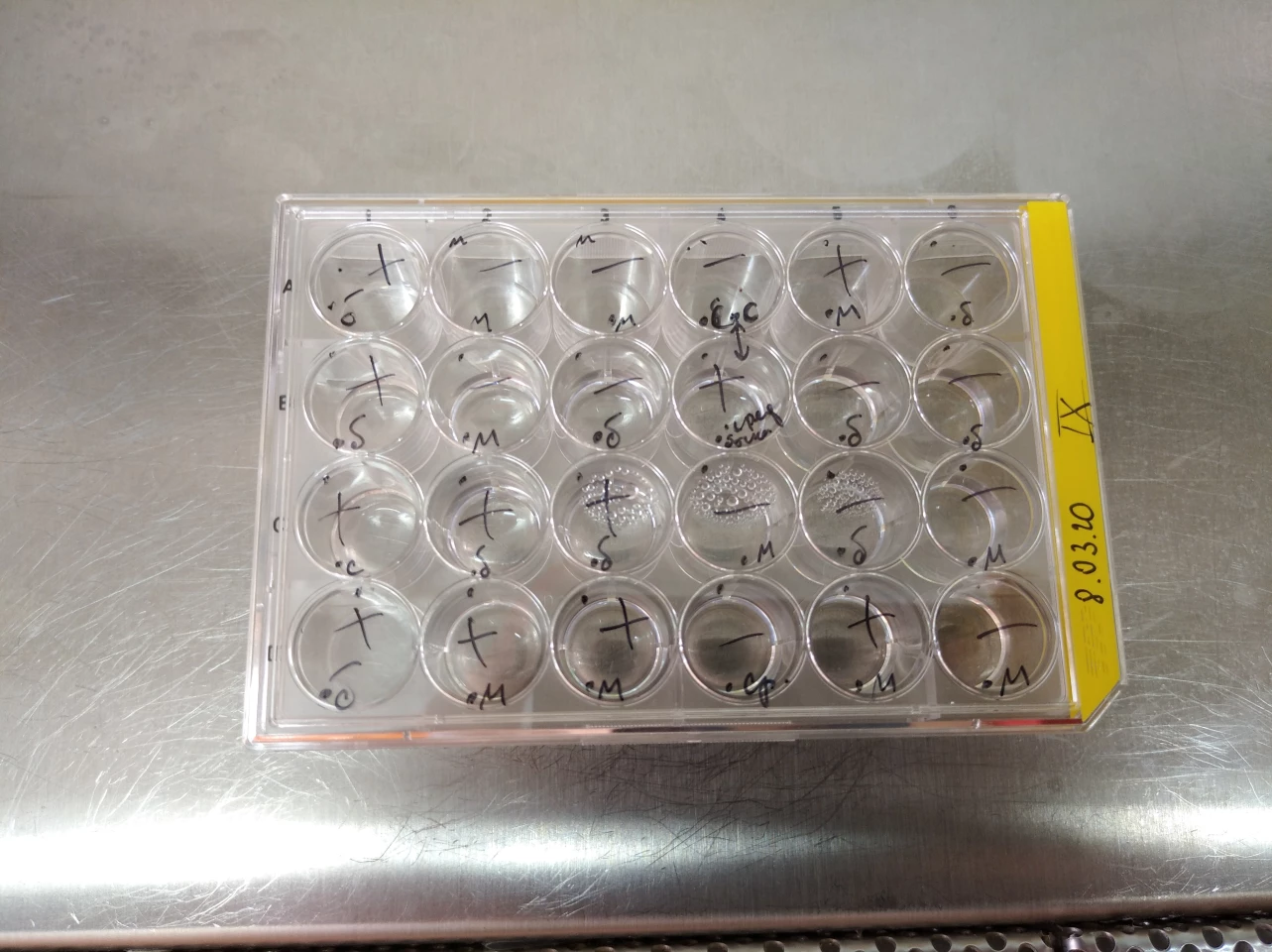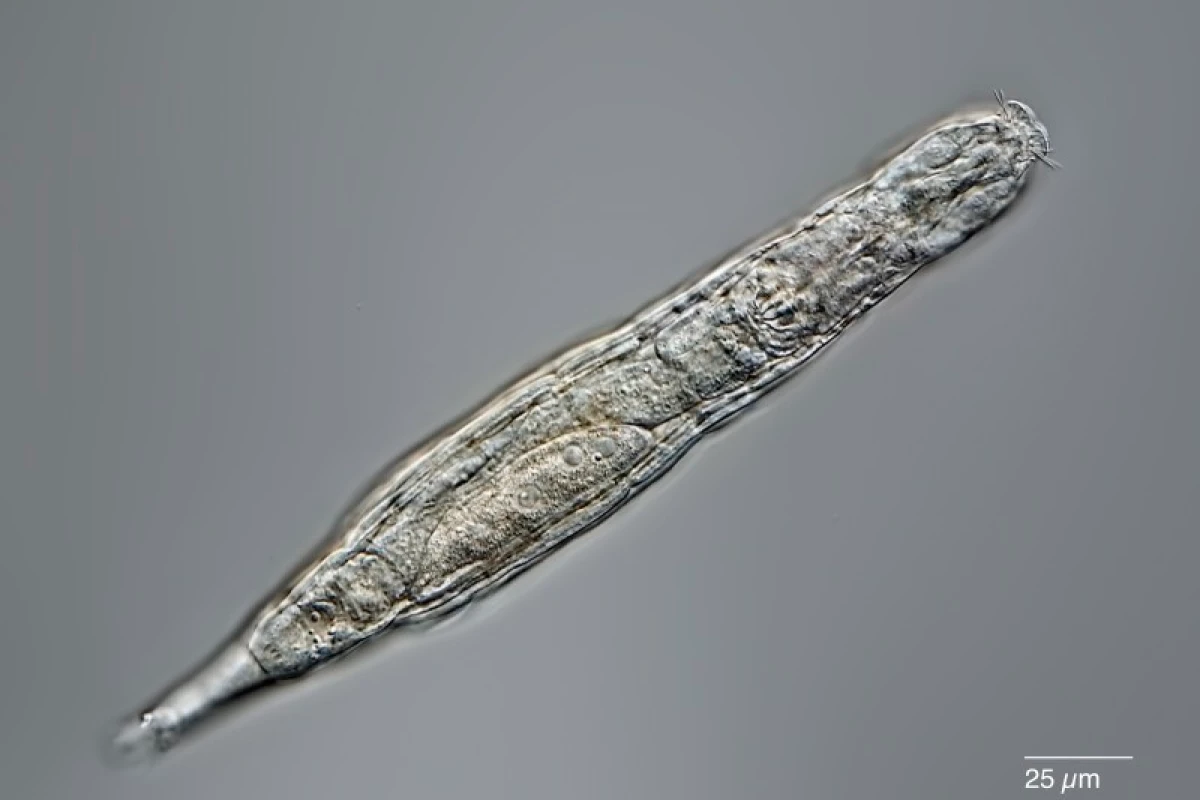Scientists have managed to revive microscopic animals that had been frozen in the Siberian permafrost for 24,000 years. The Bdelloid rotifers, or “wheel animals” as they’re sometimes called, shook off their long sleep and went right back to moving, eating and reproducing like the Ice Age was only yesterday.
Bdelloid rotifers are tiny tubular creatures that are surprisingly tough. In that way, rotifers are a lot like tardigrades, except that the latter eats the former. When conditions get too cold or dry for them, rotifers will curl up into a ball and dry out, hibernating for months or years until conditions become more favorable again.

But now the little critters have absolutely smashed their previous record of about 10 years. In this case, the researchers used radiocarbon dating to determine that the permafrost from which they were recovered was between 23,960 and 24,485 years old. As if that wasn’t impressive enough, the rotifers were still able to reproduce through their usual asexual process, called parthenogenesis.
The researchers examined these second generation rotifers more closely, and found that while they were very closely related to modern ones, they’re different enough to constitute a new species. Next, to examine just how the animals might survive such extreme conditions, the researchers froze some of these rotifers at -15 °C (5° F) for one week, then thawed them out and watched them reawaken.
While most multicellular forms of life are damaged by the formation of ice crystals, rotifers seem to be able to protect their cells and organs from this damage. Exactly how remains unknown at this point, the team says.

As impressive as a 24,000 year slumber is, these rotifers don’t actually hold the record. Worms called nematodes have wriggled back to life after about 40,000 years, while a batch of bacteria has them both beat at an astonishing 100 million years. Still, rotifers may be the most complex creatures in the club so far.
"The takeaway is that a multicellular organism can be frozen and stored as such for thousands of years and then return back to life – a dream of many fiction writers," says Stas Malavin, an author of the study. "Of course, the more complex the organism, the trickier it is to preserve it alive frozen and, for mammals, it's not currently possible. Yet, moving from a single-celled organism to an organism with a gut and brain, though microscopic, is a big step forward.”
The research was published in the journal Current Biology.
Source: Cell Press via Scimex





